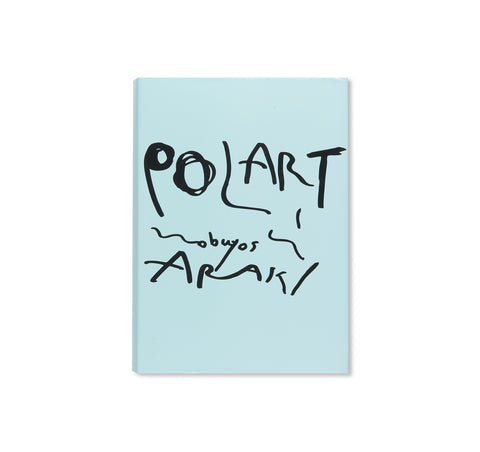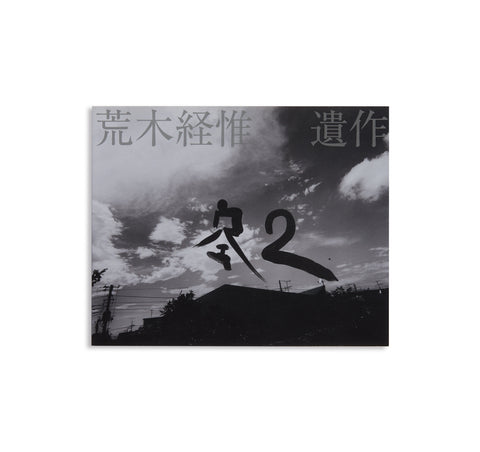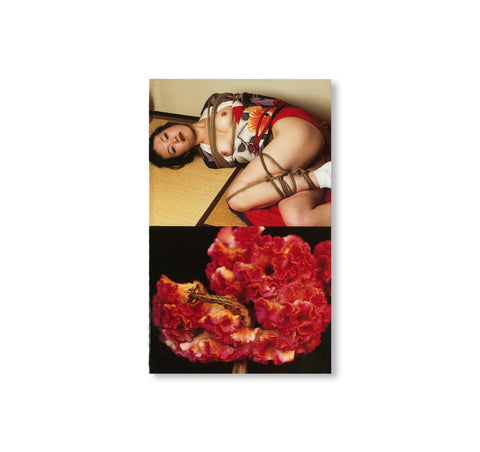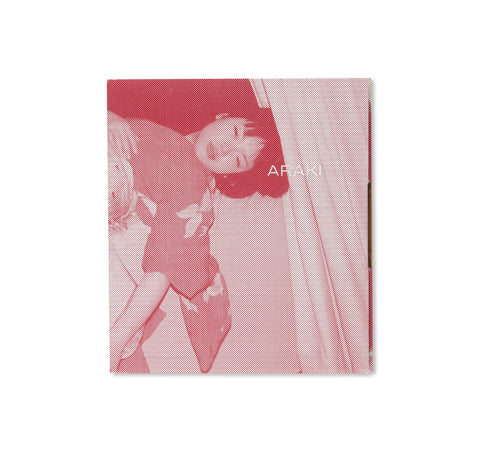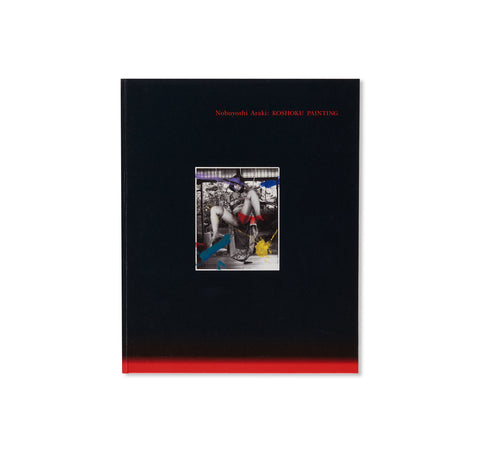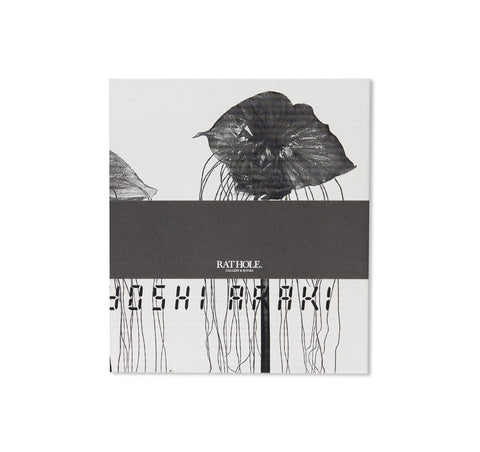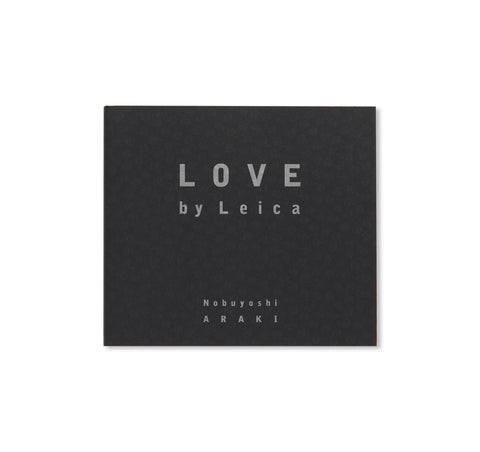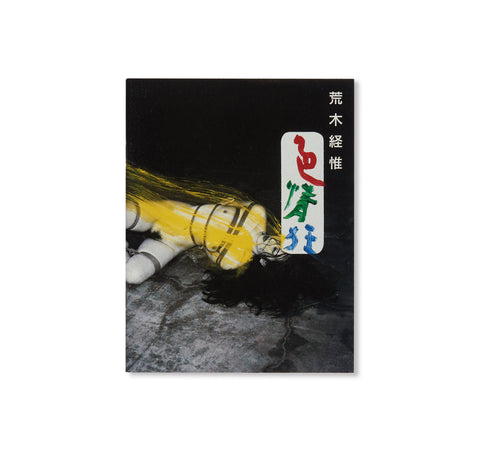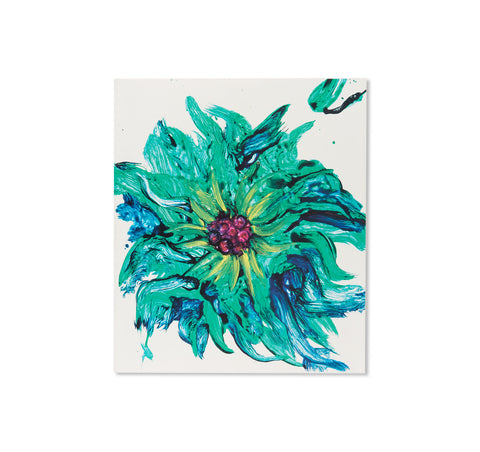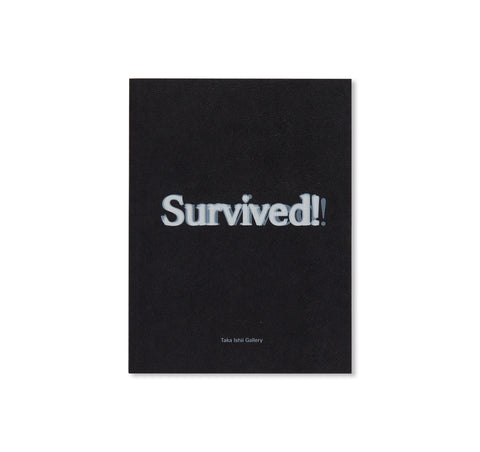UMEGAOKA ELEGY by Nobuyoshi Araki
日本人写真家、荒木経惟の作品集。2019年にタカ・イシイギャラリーで開催された展覧会「Umegaoka Elegy(梅ヶ丘墓情)」に伴い刊行された。
以下プレスリリースより
1994年のギャラリー開廊以来、四半世紀にわたりほぼ毎年開催された荒木の個展は、今年27回目を数えます。本展では、中判フィルムにて撮影したカラー、モノクローム写真の新作約90点を発表いたします。荒木の作品には「東京ヌード」(1989年)、「東京物語」(1989年)、「東京コメディ」(1997年)など、自身の生まれ育った「東京」を冠するものが多く存在しますが、今回の展示作品のタイトルに荒木は現在居を構える「梅ヶ丘」を選びました。梅ヶ丘の自宅内とその周辺で撮影された作品群の被写体は、人形、像や怪獣のオブジェ、花、モノクロームの空が大半を占めますが、リズムを刻むように妻陽子や今年95歳のロバート・フランクの写真、今は亡き父と母、夭折した二人の兄の没年を記したメモが挿入されます。昭和から平成への改元時や2000年の世紀の変わり目など、荒木はその時代を謳歌した女性達、当時の出来事、変わりゆく街並みをカメラによって「複写」することで、時代の節目の世相を作品にまとめて来ました。元号が「令和」に改まる今年、荒木の関心は自分自身にあります。体力が日増しに衰え、外出を控えることの多くなった荒木は、自らに忍び寄る死を意識しています。父、母、そして妻陽子、愛猫チロの死を、被写体として写真に収めることで看取って来た荒木のレンズは、自身へと向かいます。撮りたいものや撮る習慣になっているものを淡々と写す日々――ありのままに提示される写真の堆積を前に、その解釈は見る者に委ねられています。すべてを受け入れるカメラと化した今年79歳を迎える写真家の最新作を是非この機会にご高覧ください。
Official Press Release:
Taka Ishii Gallery is pleased to present “Umegaoka Elegy,” a solo exhibition of works by Nobuyoshi Araki. This marks the 27th installment of Araki’s solo exhibition at Taka Ishii Gallery, which has been presented on a near annual basis for over 25 years since the gallery’s opening in 1994. The exhibition introduces a selection of approximately 90 new works in color and monochrome captured on medium-format film. As is the case with “Tokyo Nude” (1989), “Tokyo Story” (1989), and “Tokyo Comedy” (1997), many of Araki’s works feature “Tokyo” where he himself was born and raised, as a prefix in their titles. For the title of this exhibition however, Araki has selected the town of “Umegaoka” where he currently works and resides. While the subjects of his works captured in and around his home in Umegaoka consist mainly of dolls, monster figurines, flowers, and monochrome skies, rhythmically inserted into this visual oeuvre are photographs of his wife Yoko as well as Robert Frank who turns 95 years old this year, and notes indicating the years of passing of his late mother and father and his two older brothers who had both died at a young age. In moments such as the transition from the Showa to the Heisei era, and at the turn of the 20th century, Araki had used his camera to capture the social conditions of pivotal stages in history through “reproducing” images of women who lived their life to the fullest in these times, the various events and incidents that had occurred, and also the city’s ever-changing streetscapes. This year, as Japan approaches the new “Reiwa” era, the subject of Araki’s interest is turned towards himself. Araki, whose physical strength continues to decline day by day, and now often tends to refrain from going out, is becoming increasingly aware of his own impending death. His lens that had once enabled him to bid farewell and pay respect to death of his father, mother, wife Yoko and beloved cat Chiro by means of capturing them as subjects in his photographs, is now pointed at the photographer himself. The culmination of photographs is a candid reflection of Araki’s daily life in which he engages in straightforwardly capturing his preferred and habitual subjects, and thus entrust their respective interpretation to those who view them. We hope this serves as an opportunity for viewers to enjoy the latest works by Araki, who as a photographer turning 79 years old this year, has himself become a metaphoric manifestation of an all-embracing camera.
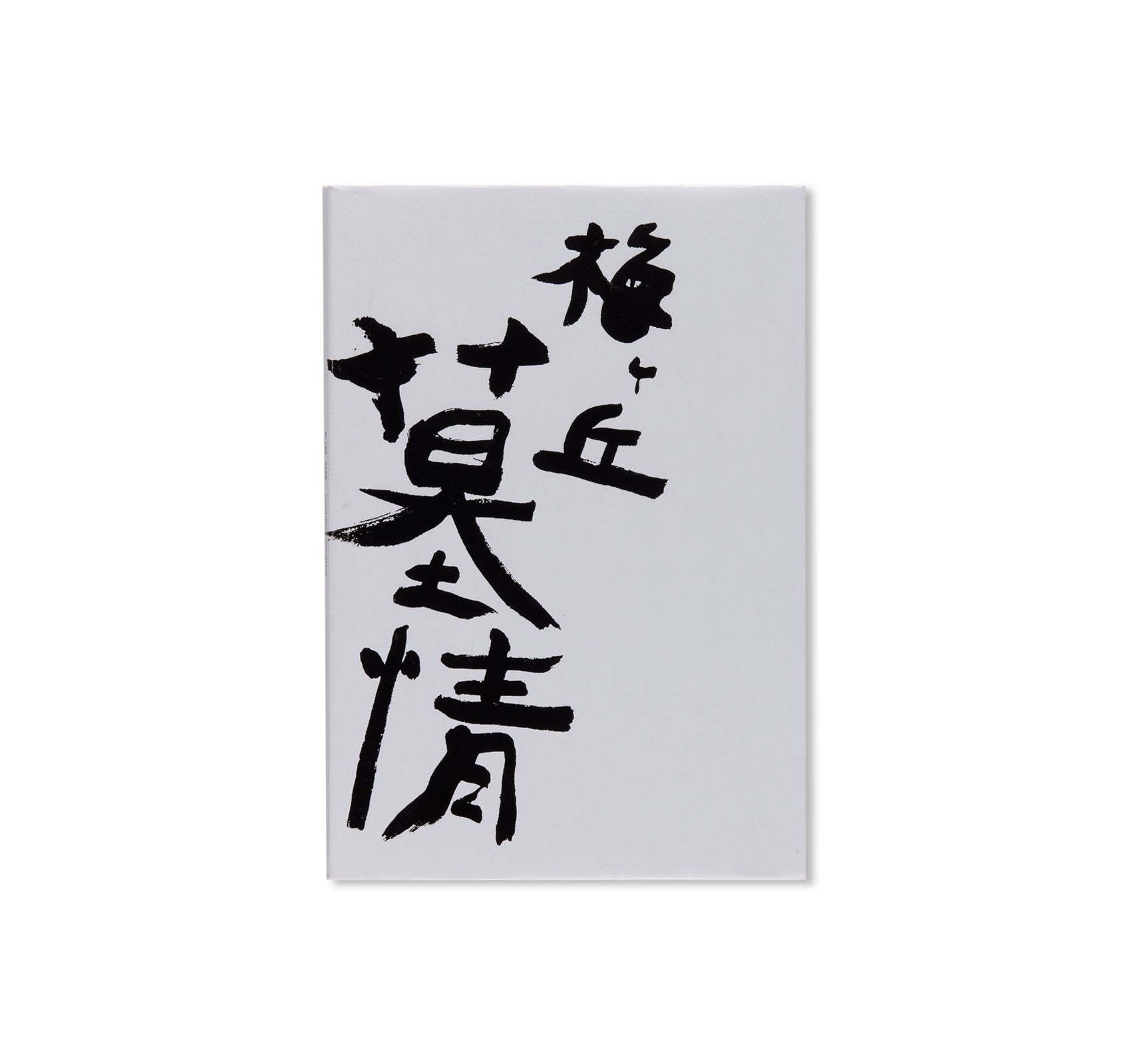
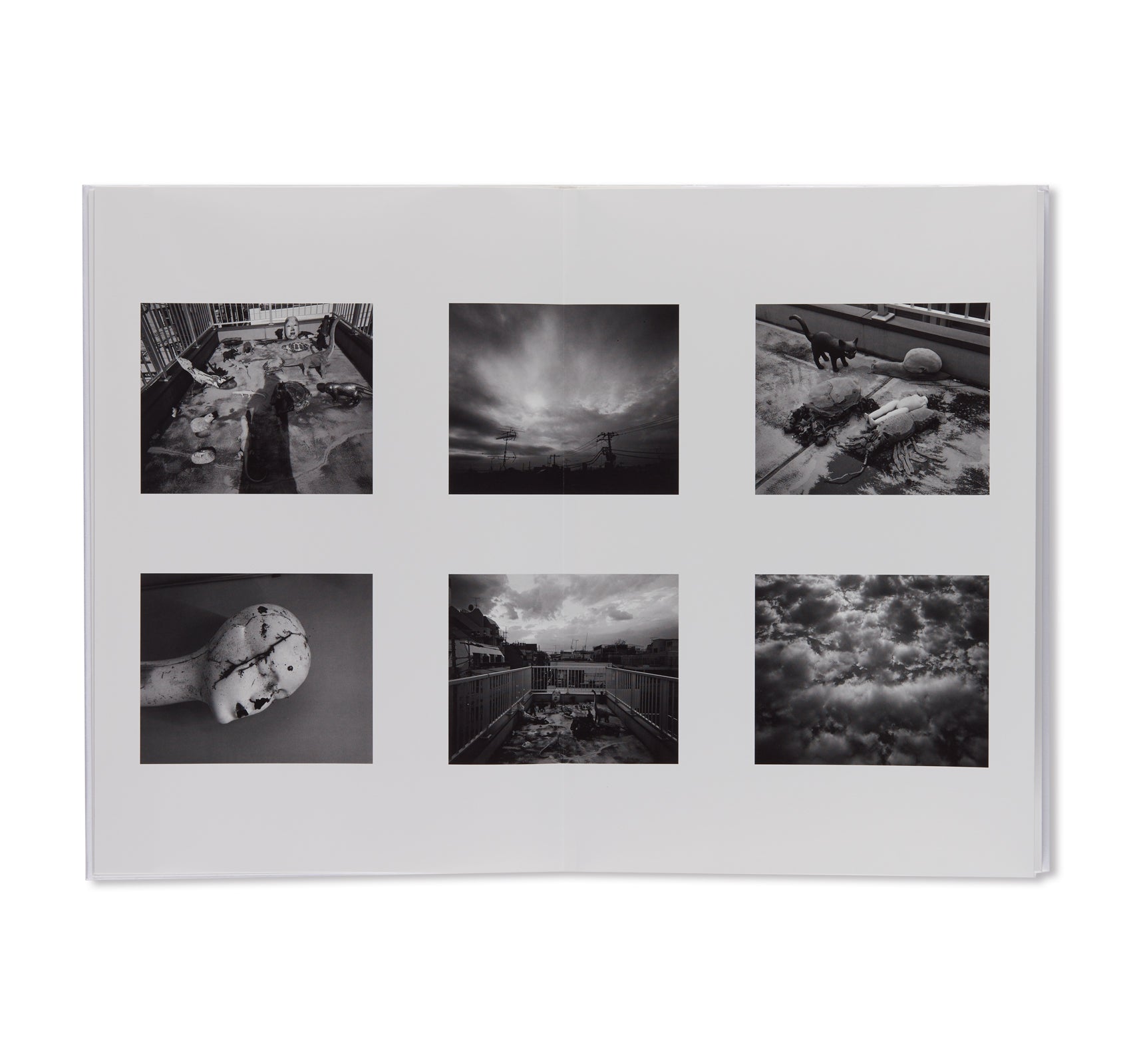
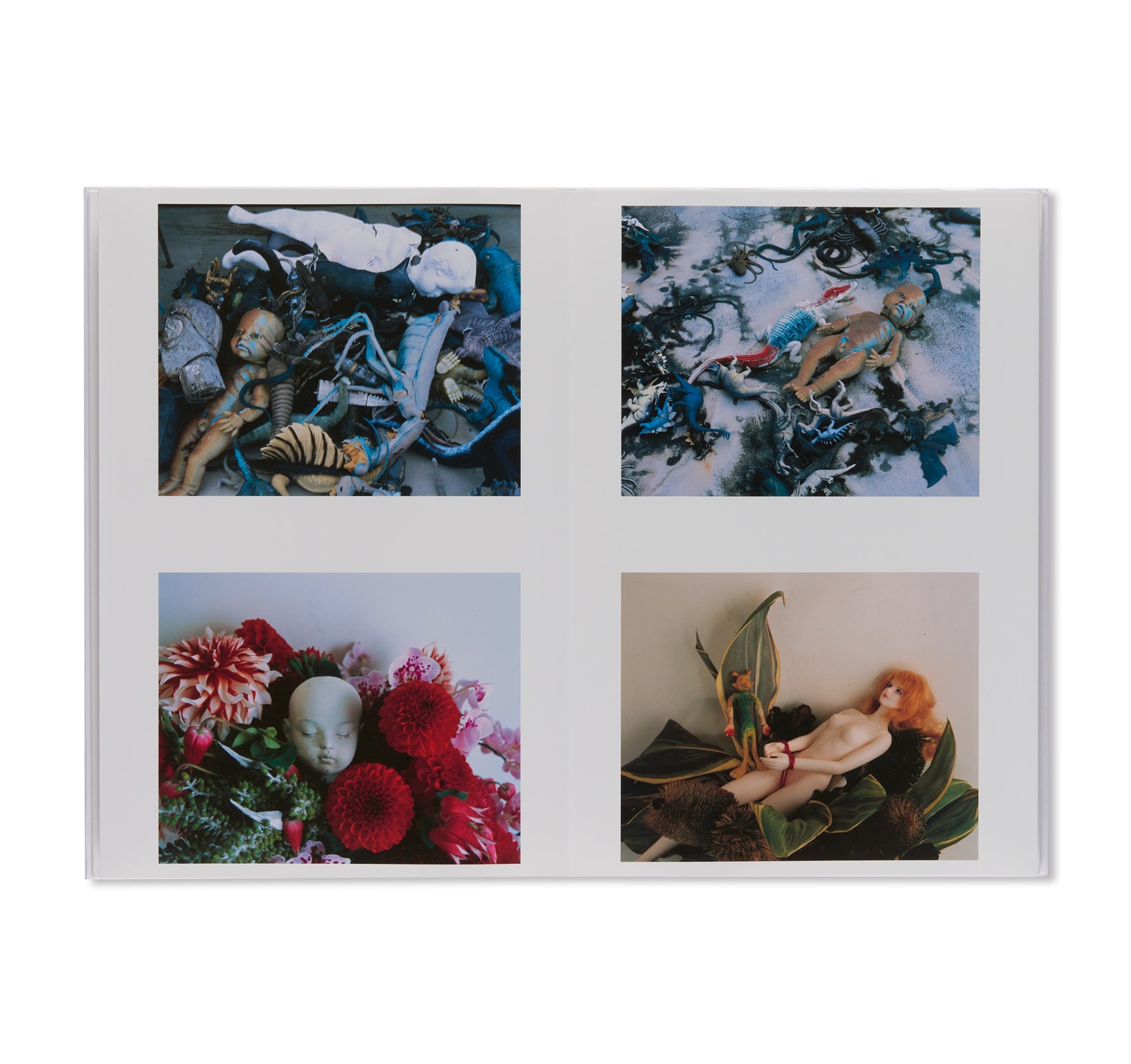
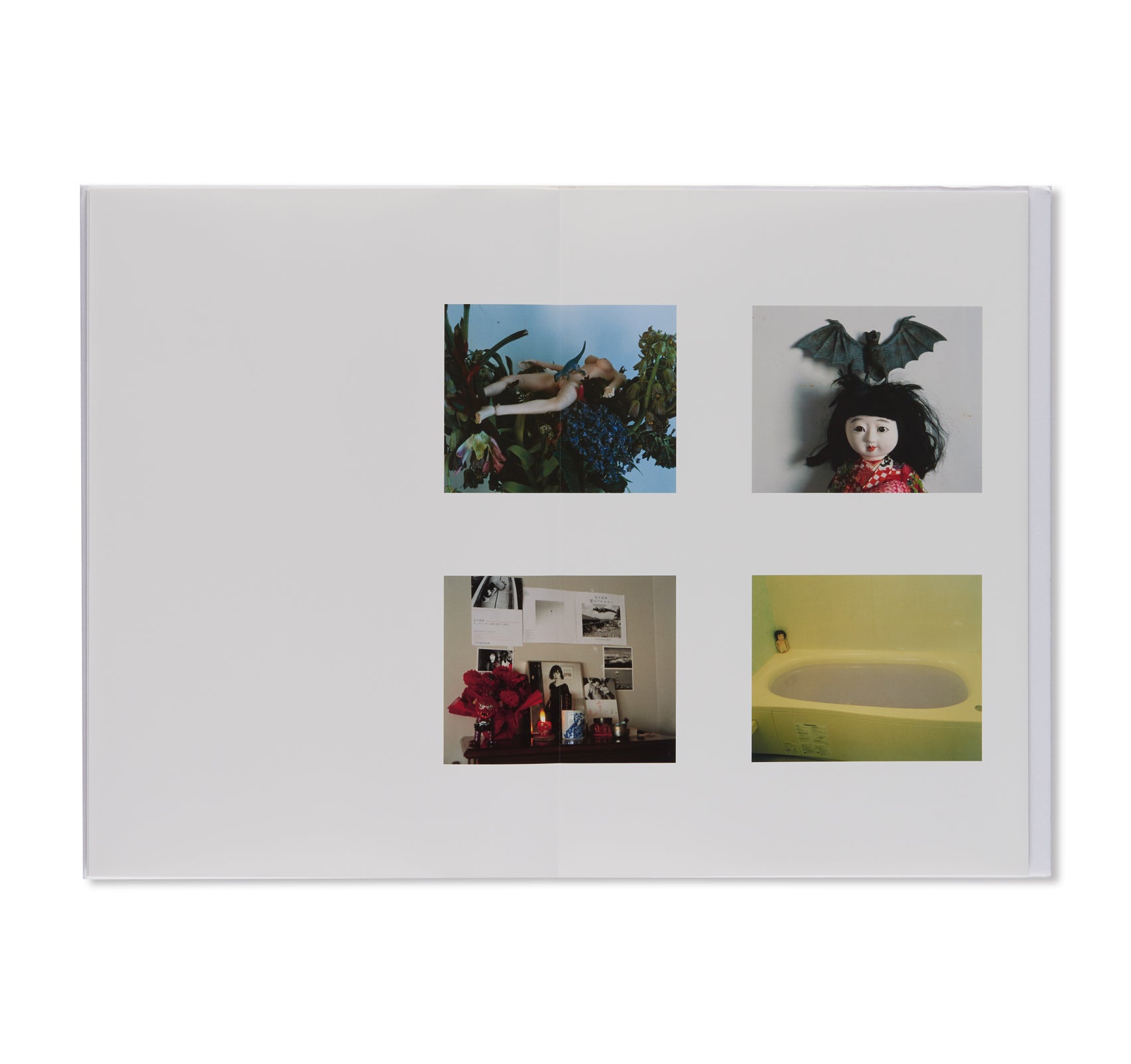
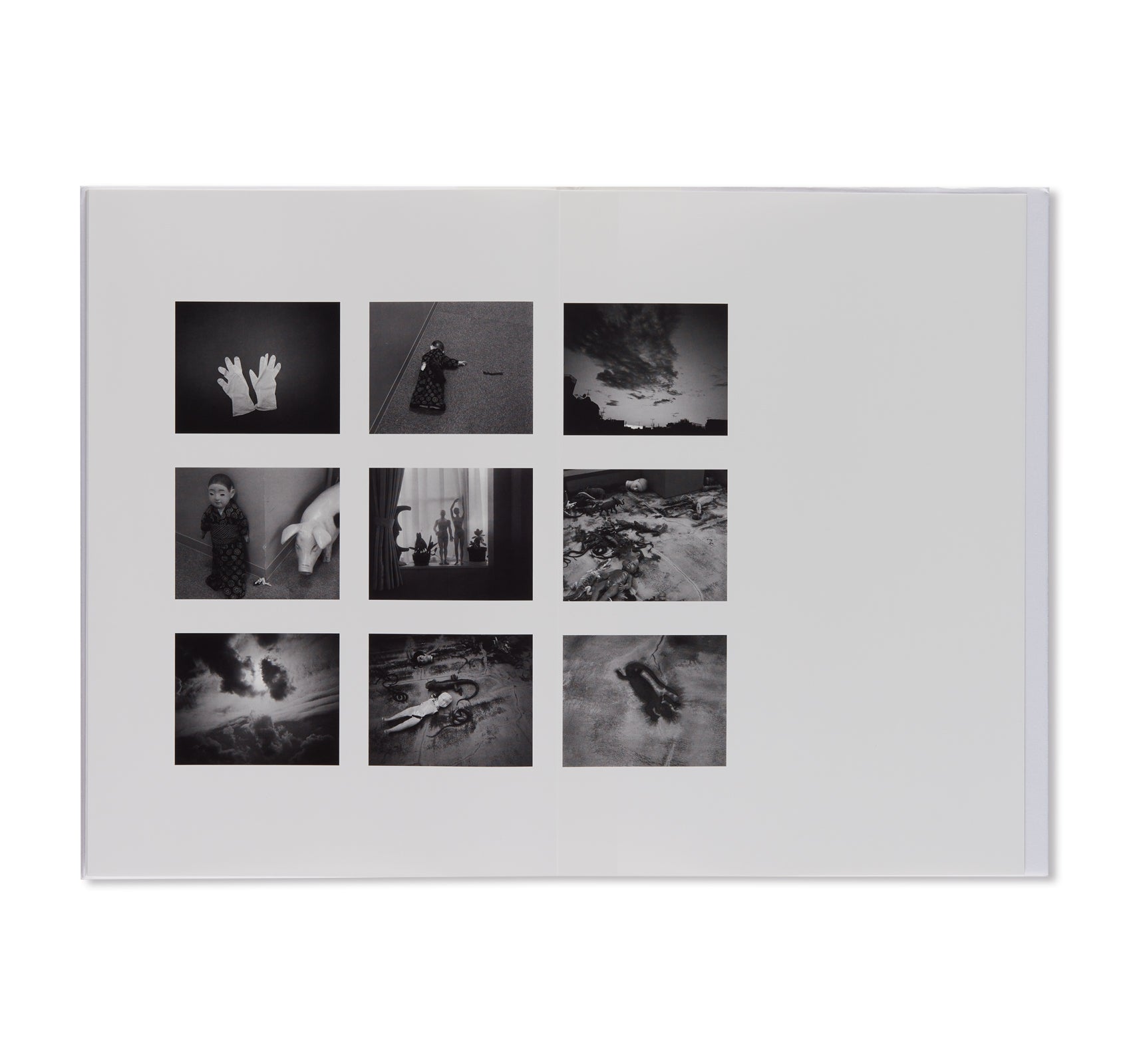
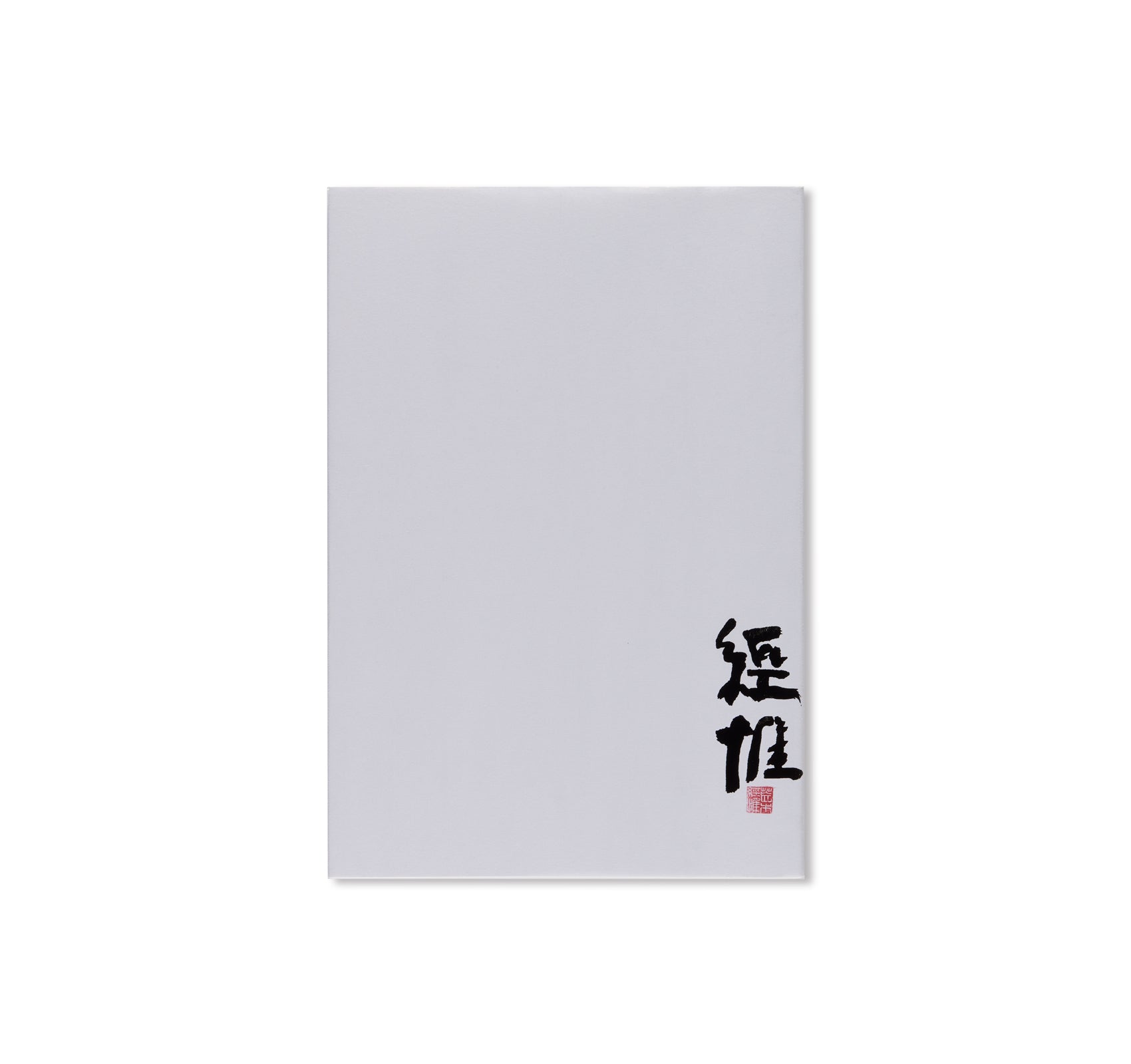
![BLUE PERIOD / LAST SUMMER : ARAKINEMA 青ノ時代/去年ノ夏:アラキネマ by Nobuyoshi Araki [JAPAN EDITION]](http://twelve-books.com/cdn/shop/products/180118_5138_large.jpg?v=1571703962)
![BLUE PERIOD / LAST SUMMER : ARAKINEMA / 青ノ時代/去年ノ夏:アラキネマ by Nobuyoshi Araki [US EDITION]](http://twelve-books.com/cdn/shop/products/180118_5127_large.jpg?v=1571703962)
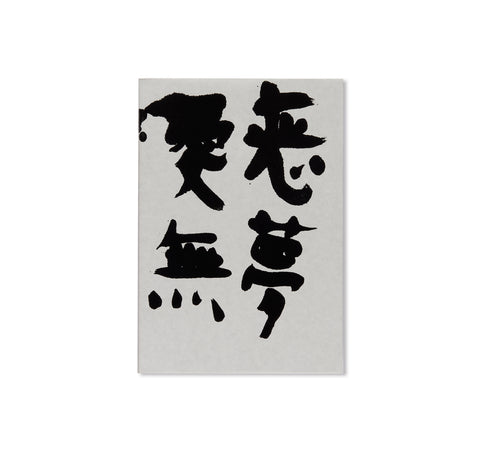
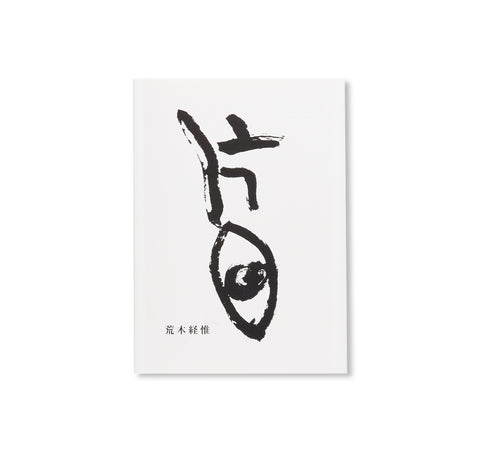
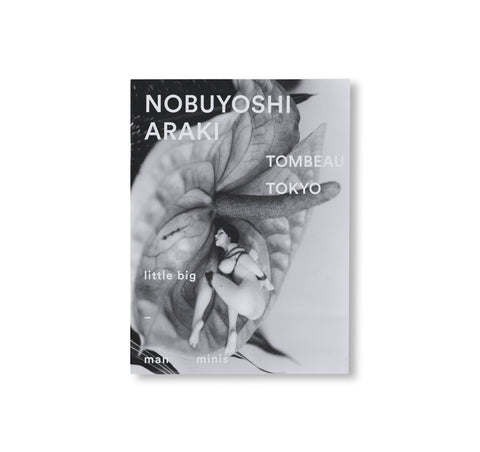
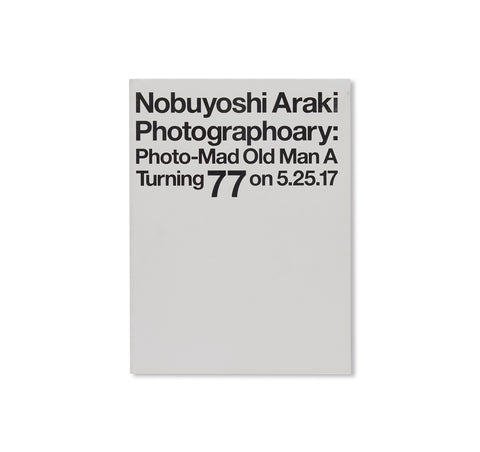
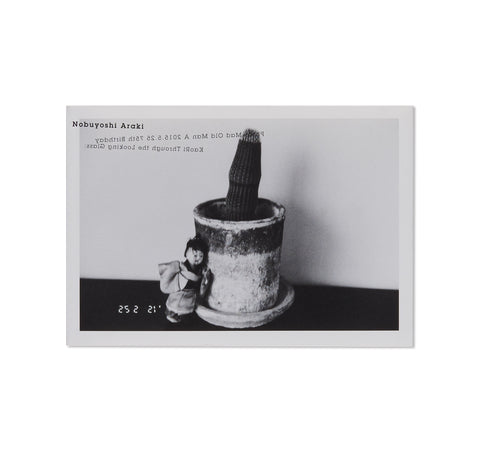
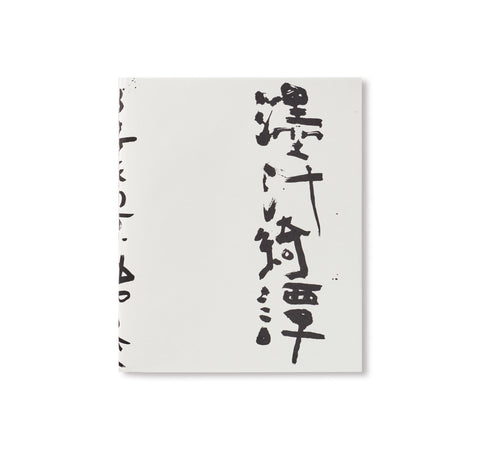
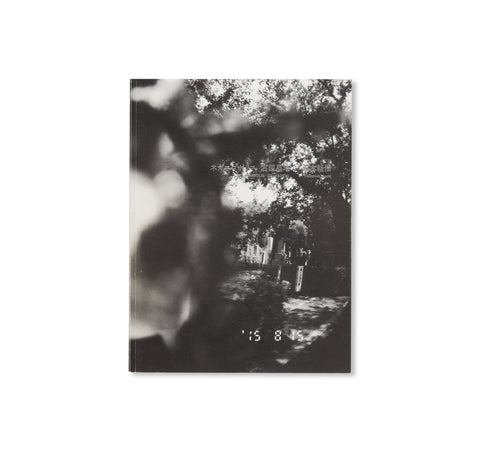
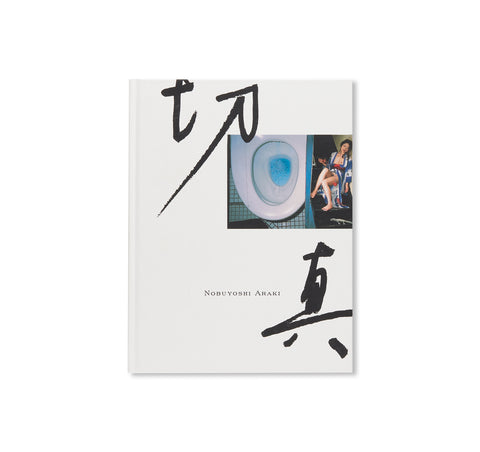
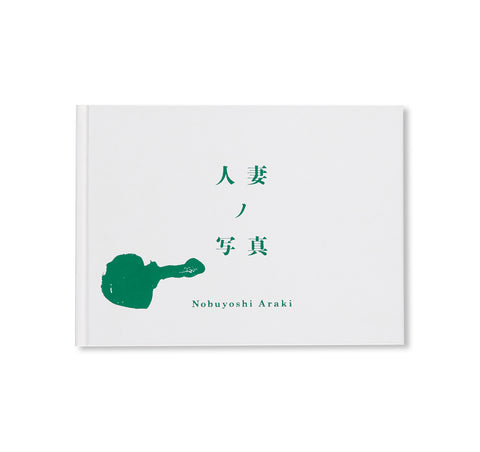
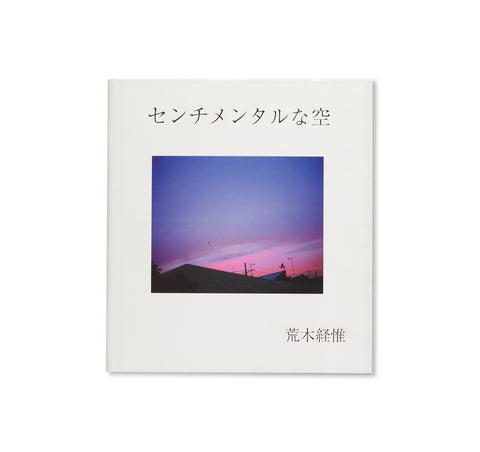
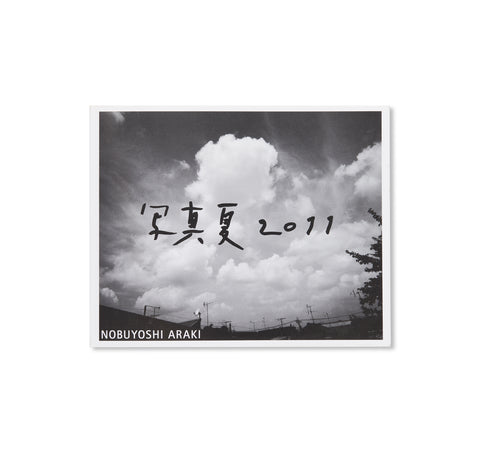
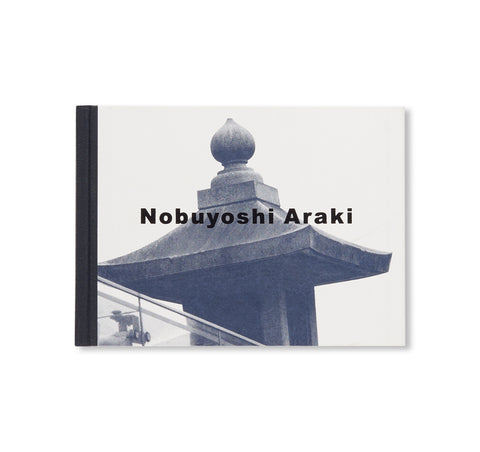
![楽園 / RAKUEN by Nobuyoshi Araki [SIGNED]](http://twelve-books.com/cdn/shop/products/2105142825_large.jpg?v=1621312643)
